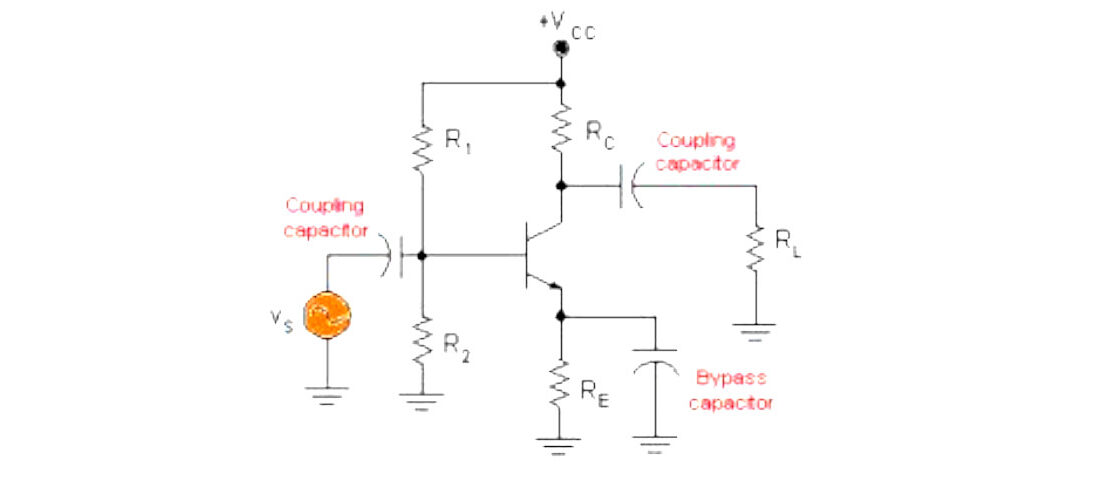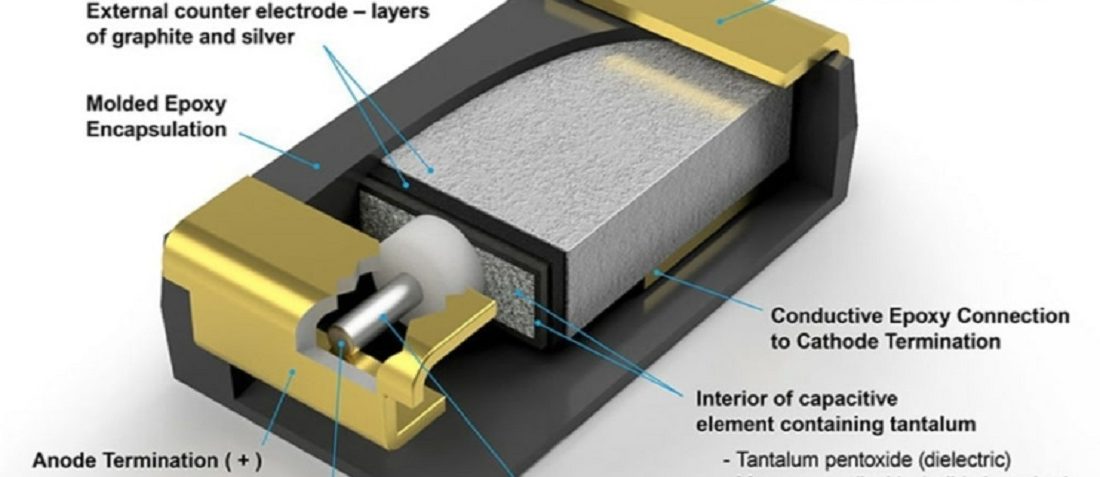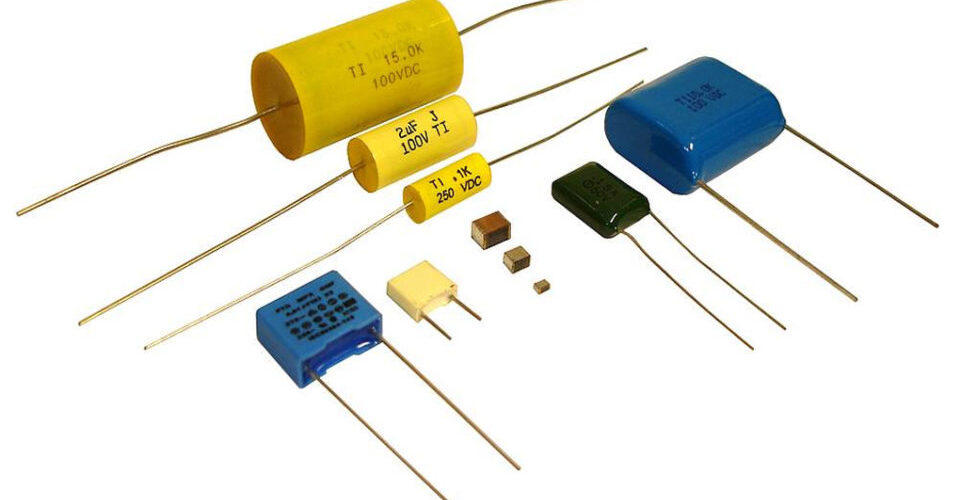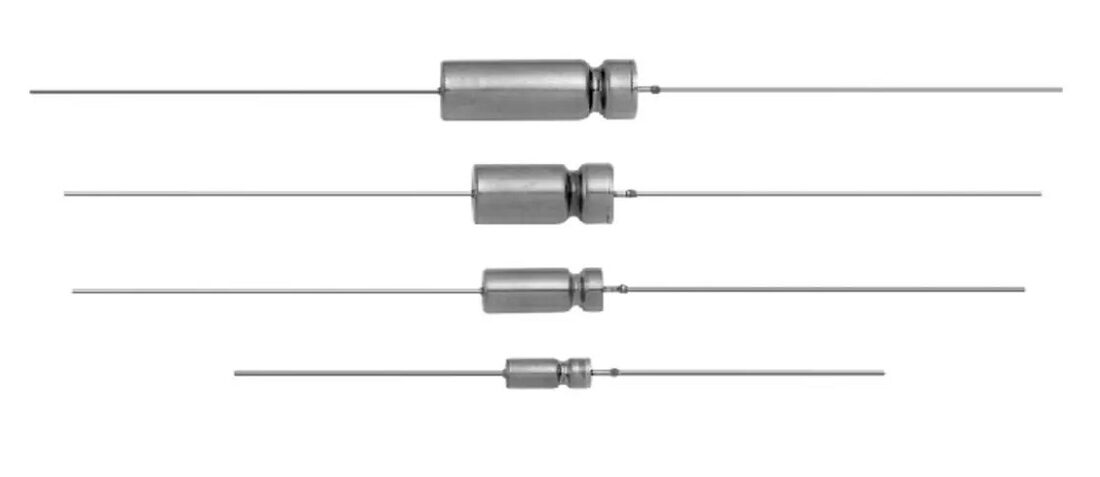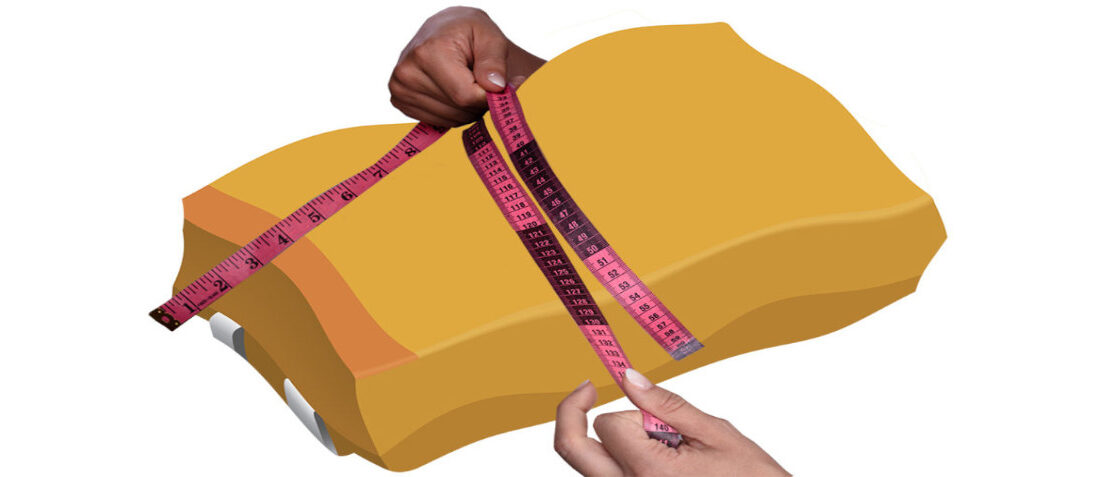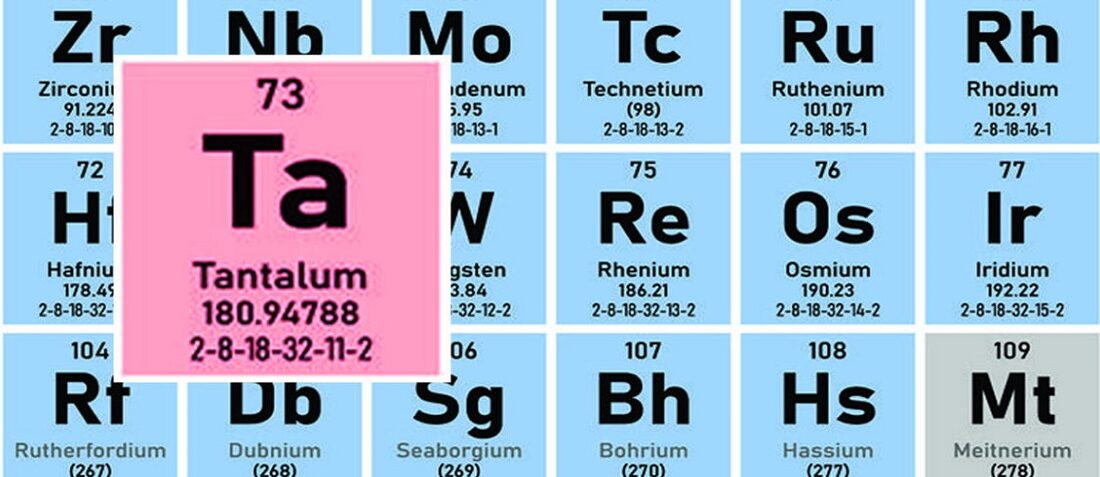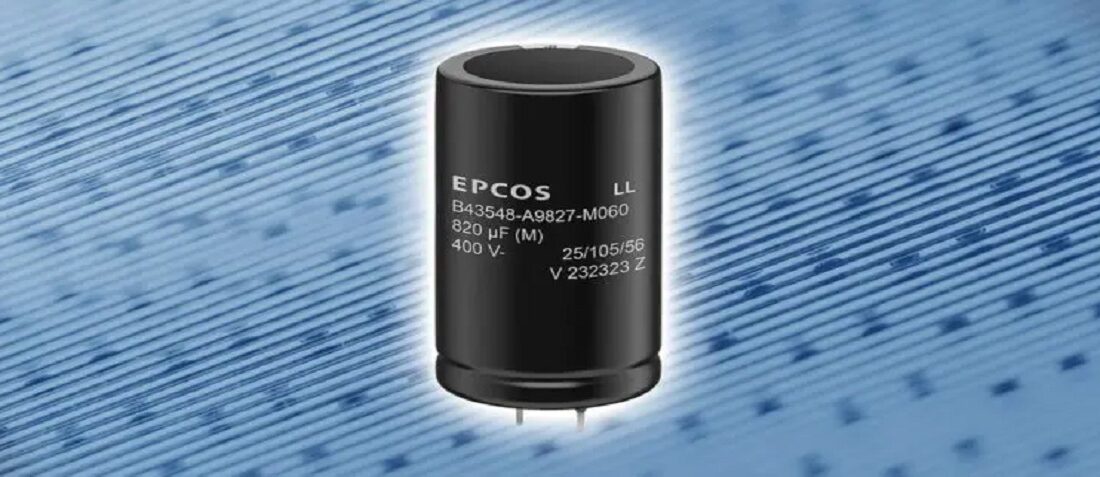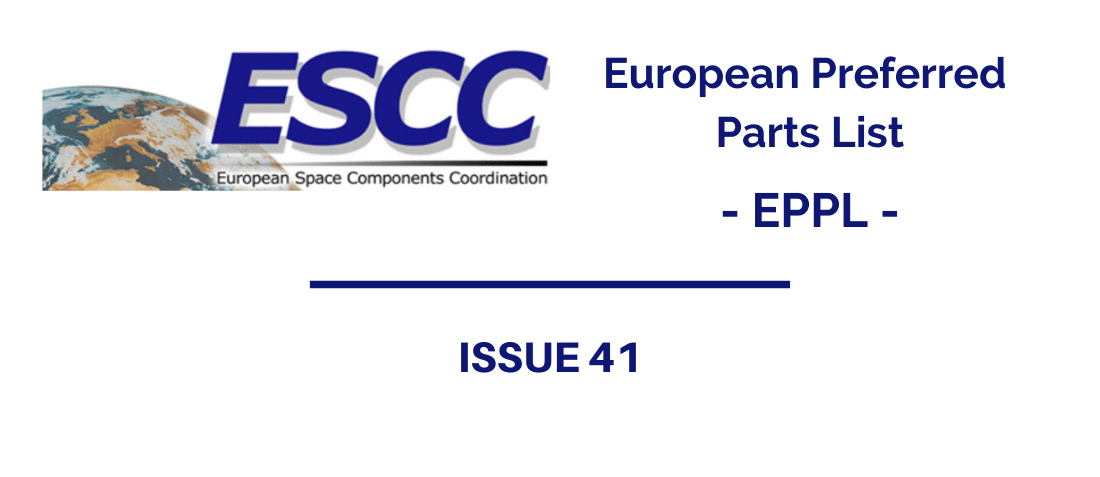Capacitor for Coupling and Decoupling Applications
- Posted by doEEEt Media Group
- On June 26, 2024
- 0
Capacitors are fundamental components in both analog and digital electronic circuits. These passive components play an important role in influencing the operational behavior of circuits. The characteristics of a capacitor vary mainly depending on the dielectric material used. The dielectric material determines the capacitance value, energy efficiency, and size of a capacitor. Fixed value capacitors can be broadly categorized into two: polar and non-polar capacitors. Non-polar capacitors include ceramic, film, and paper capacitors.

